This is an ultimate guide of Chinese vegetables with pictures. After writing so many recipes, I found that there are lots of ingredients unfamiliar to the blog readers. I hope this can help you to know more detailed information about Chinese vegetables. I will introduce the basic information, how they are used in Chinese cooking and how they look like.
Bok Choy 小白菜
Bok Choy possibly is the most popular leafy vegetable outside and in China. This is a group name (小白菜) with several varieties. You may encounter with ones with white stem and normal ones with green stem. Besides, there are baby bok choy and regular bok choy. The green bok choy is known as “上(shàng)海(hǎi)青(qīng)”, while white bok choy is known as “奶(nǎi)白(bái)菜(cài)”.The whole piece is edible but you will need to separate each leaf to wash in order to remove the sand contained. The most common and classic cooking way of bok choy is stir frying with garlic. Besides, there are lots of soups and noodles calls for baby bok choy.
Napa cabbage 大白菜
Napa cabbage is named as ” 大(dà)白(bái)菜(cài)” in Chinese as a contrast to Bok Choy. They are usually with large stems and lightly green leaves. The Chinese cabbage was principally grown in the Yangtze River Delta region, but now it is extremely popular across the country. In Northern China, people love to use napa cabbage to make Suan cai in winter which has been developed into kimchi in Korean later. Good quality Napa cabbage usually is quite firm and may feel really heavy. Napa cabbage is the ingredient for kimchi . This vegetable goes extremely well with chow mein, lo mein or stir fried rice.
Water Spinach 空心菜
Water spinach also known as Chinese water spinach, rive spinach is the most popular leafy greens in hot summer days. It has long leaves and hollow stems so we name it “空(kōng)心(xīn)菜(cài)”, literally translated as hallow heart vegetable. It is grown in water or damp soil. The tender leave usually has a sweet and mild taste. Usually break the steam into 2 inch pieces along with the leaves. It can be used as a simple garlic stir fry or in stews and noodles.
Snow pea leave (豌豆苗)
Snow pea leave is only available in earlier spring, just in a very short period. Sometimes you may find it labeled as snow pea tips, snow pea shoots or a Chinese pronunciation translation “doumiao”
Yu Choy 油菜心
Yu Choy (菜心, Cantonese Vegetable hart)is also referred as Chinese oil vegetables or Cantonese Choy. It is extremely popular in Cantonese cuisine. They have very tender stem (the best part of the vegetable in my opion), but you will need to peel off the skin.
In other areas of China, vegetable hart may mean different plants.
Chinese broccoli 芥蓝
Chinese broccoli is known as 芥(jiè)蓝(lán). Although it shares the same group of regular broccoli (known as 西兰花:xīlánhuā
). Chinese broccoli has long green stems and dark green leaves. It tastes slightly bitter so usually we rinse it in boiling water and stir fry with oyster sauce, which balance the taste with a slightly sweet.
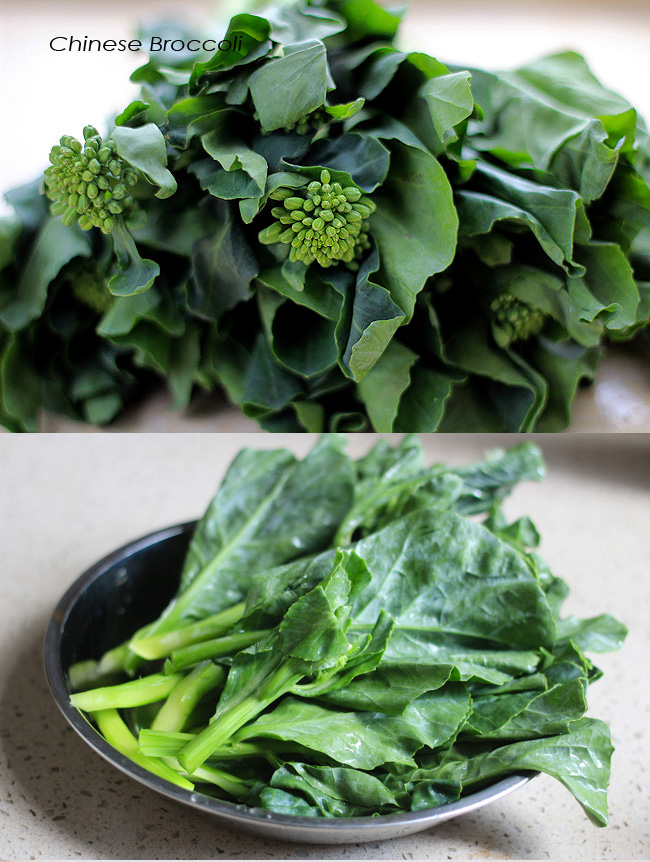
Malabar Spinach 木耳菜
Malabar Spinach “木(mù)耳(ěr)菜(cài)” is a love or hate leafy vegetables in China. There are lots of people do not like it. We used to grow several vines in our back yard. And it grows quickly in summer. It can be simply used in stir fries or in soups.
Chinese Spinach 苋菜
Chinese spinach|It is quite confusing when comes to the right English name. In Mandarin, we call it 莧菜: xiàncài. There are two main varieties: one is red and the other one is light green. Usually they contains lots of sands and need careful preparation. It tastes super good when simply stir fried with garlic and salt.
Watercress 西洋菜
Watercress is a fast-growing, aquatic or semi-aquatic, perennial plant native to Europe and Asia, and one of the oldest known leaf vegetables consumed by humans. Usually watercress has leaves in deep green and crisp stems. In Chinese, we call this type of leave veggie as西(xī)洋(yáng)菜(cài). I usually prepare small bunch of watercress during hot pot dinner. Watercress can be used in stir-fry recipe, soup recipe or salad. Besides, in the northern part of China, it is also used as the ingredients in dumpling or buns fillings.
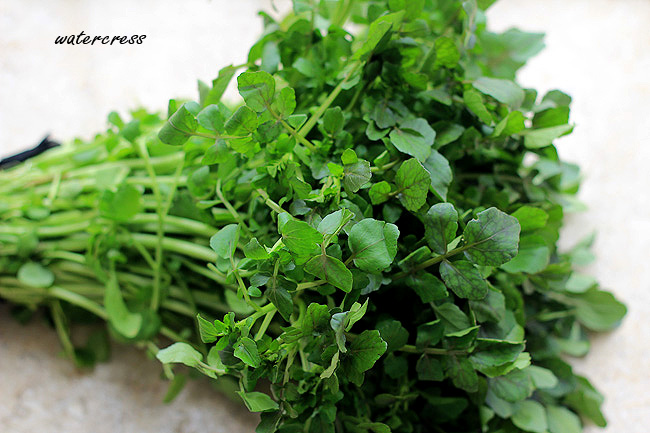
Romaine Lettuce 生菜
Romaine Lettuce | The most popular leafy lettuce in China is romaine lettuce. We did not eat it 10 years ago but now it becomes extremely in Chinese market. According to wiki, China has been the largest producing country. It is widely used as a simple stir fry with garlic or sometimes with oyster sauce, in salad or as a ingredient for hot pot.
Chinese leave Lettuce 莴笋叶
Wosun greens (Chinese Lettuce leaves) | Chinese Lettuce leave is names as Wosun leaves in China. Chinese lettuce is mainly grown for its stem. While the new trending is to eat the leaves as well, mainly used as a green vegetable stir fry. We have a variety grown mainly for the stem.
Youmai 油菜
Youmai| This Youmai leaves are taste similar with Chinese lettuce leaves. In China, we call it 油麦尖 (yóu mài jiān). It tastes similar to Chinese Wosun lettuce leaves. We love to stir it with garlic or cook in soups.It has soft and tender long green colors. I am not sure about the exact English name, perhaps it is Indian Lettuce? This species of lettuce grows quite fast in garden. Usually you can harvest tender leaves for soups, salad and stir fries 45 days after planting.
Crowndaisy Chrysanthemum 茼蒿
Crowndaisy Chrysanthemum is another popular ingredients for soups and hot pot. The leaves have a mildly grassy taste while the stalks are slightly sweet and crunchy after cooked. Younger Chrysanthemum can be used to make a salad.
We also stir fry chopped chrysanthemum with a small amount of starch water, which can help to soften the leaves and make flavors attached.
Sweet Potato Leaves 红薯叶
Sweet potato leaves are harvested from younger leaves of the sweet potato vine. It is a very healthy dark leafy green. They are very cheap in China, we cook it at least 3 times each week in autumn when it is available. Only the top 5 leaves are good for stir fries. We usually fry the top younger leaves with garlic and cut the older ones and feed pigs.

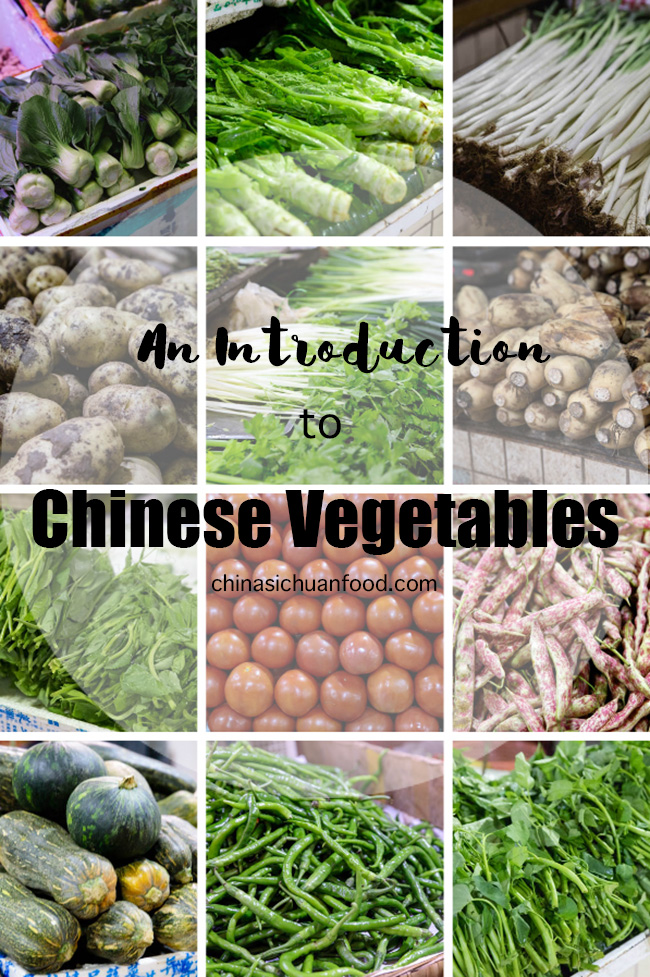
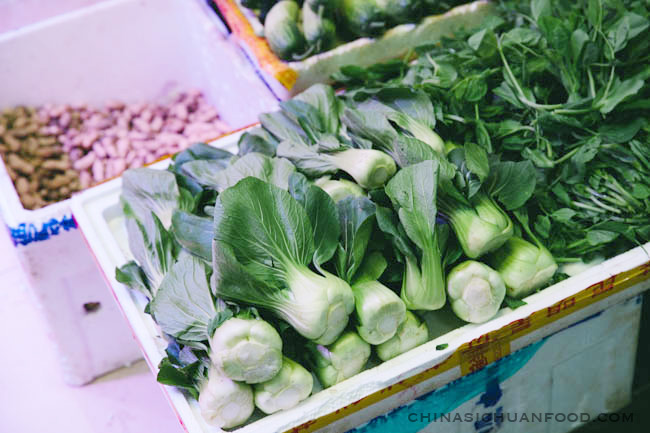
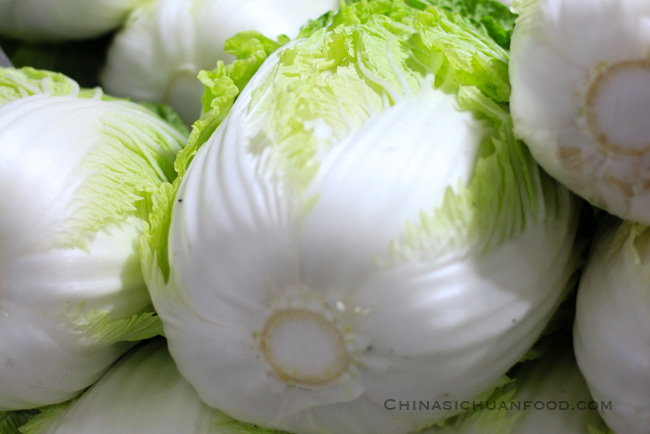
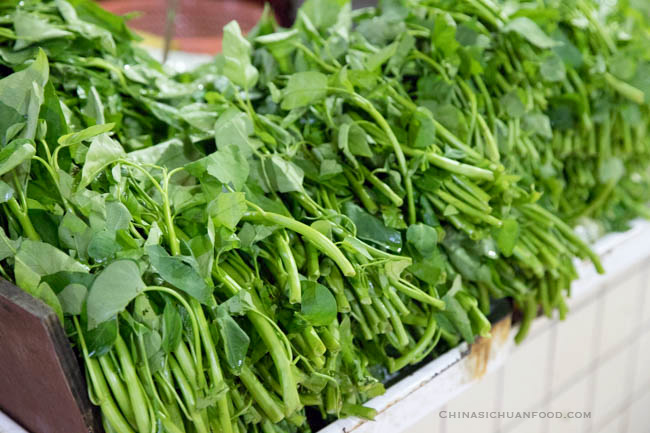
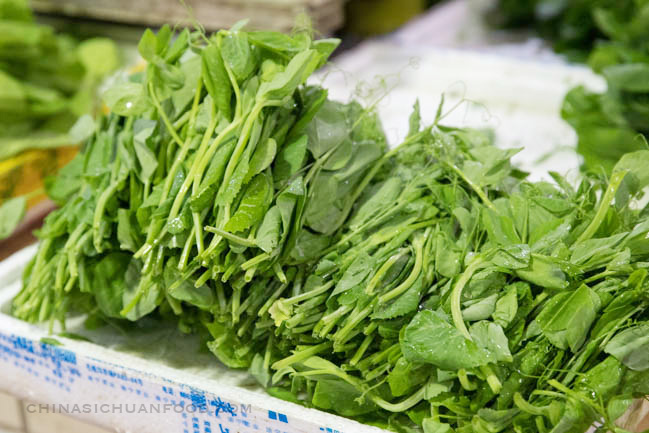
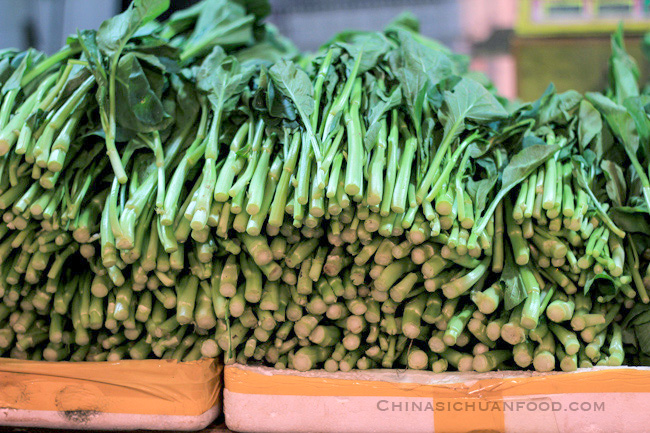
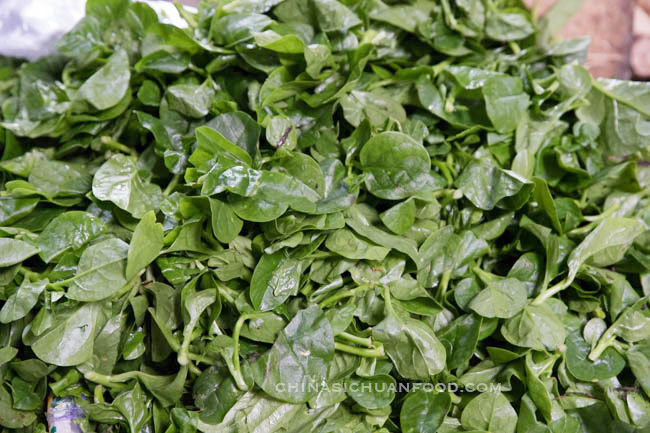
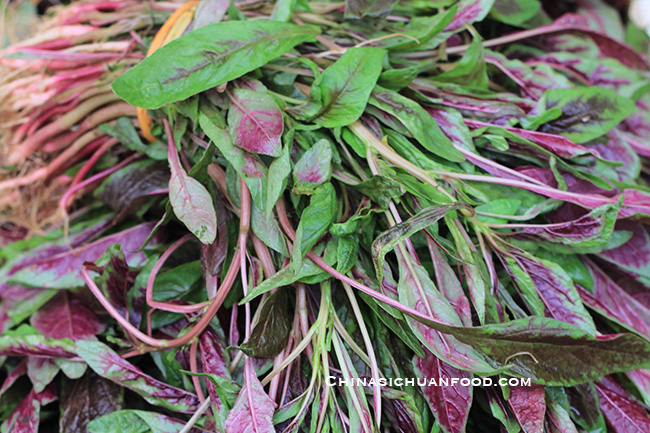
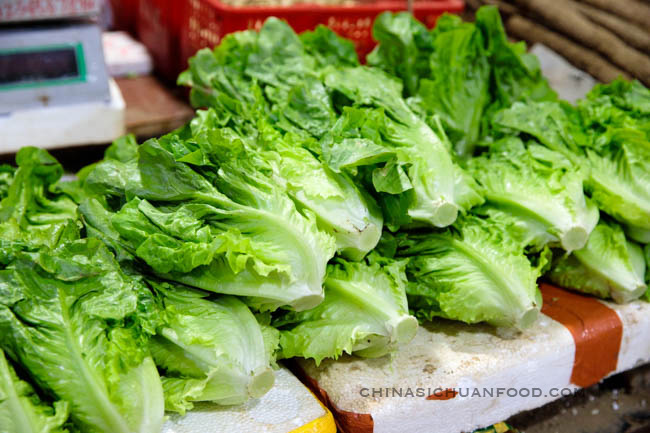
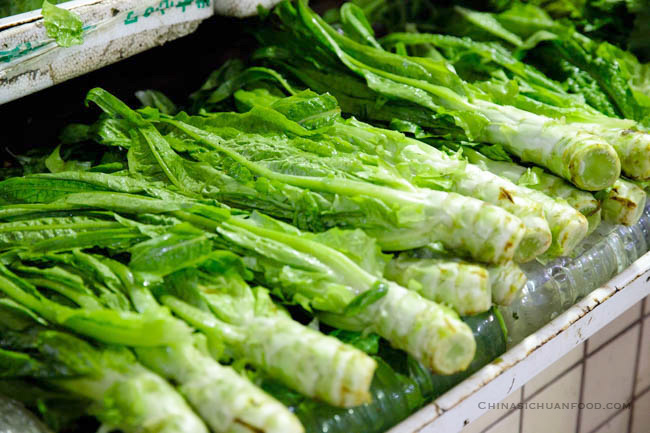
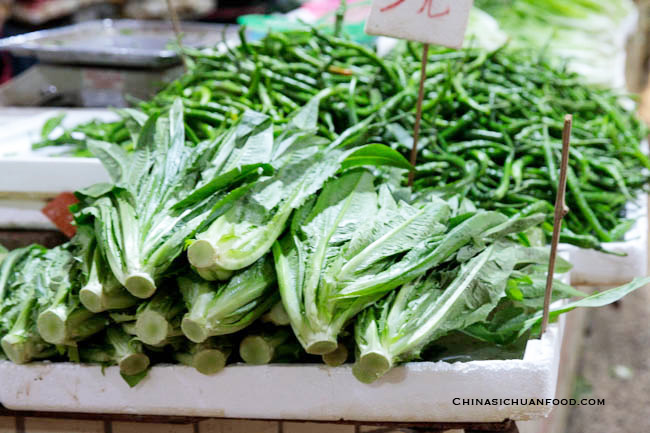
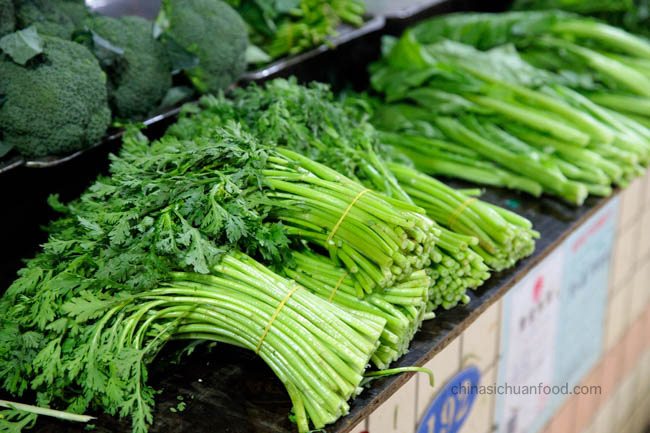
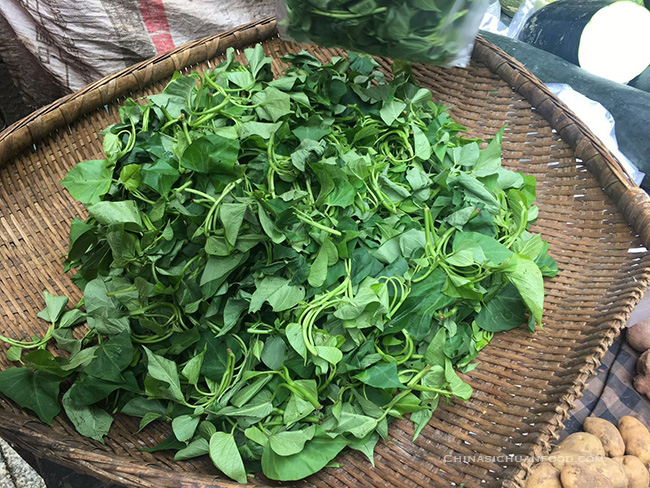
HI it would ok to put the Chinese vegetables in list form
showing the vegetables and usage so they can be printed
on one sheet these are vegetables find at local shop
Thank you
Keith,
It is a lovely suggestion. I will arrange this task soon.
Very interesting, thank you !
Hi Elaine,
again this is not really a “leafy green” but I don’t know on which page to ask. The Chinese store I get my groceries from is selling fresh lily bulbs. They look just like little onions. Do you know a recipe using those? I really would like to know how they taste.
Andreas,
We grow fresh lily bulbs ourself and they are believed to be super healthy food. It is seasonal now. It can be stir-fried with celeries or add in any soups with meats. I do not know it can be found outside China too. Will introduce this ingredient soon.
Hi Elaine,
I’d be delighted to see some recipes on your site using the Crowndaisy Chrysanthemum 茼蒿. I was just recently looking for it to make some Japanese nabemono and found out that it’s quite easily available in the Vietnamese grocery stores around here. As I think its taste is quite unique and delicious I’m eager to know more recipes using it.
thank you thomas
Dear Elaine,
Could you please complete the list of chinese vegetables, leaf ones as well as other types, such as root vegetables, flower vegetables etc
I have seen some chinese vegetables that are available in Mauritius on your page but there are some I don’t see.
I know some of their chinese local names but not the name used for them abroad.
Those I know are Quiw choy (a kind of garlic hive), Kailan Choy, Pak choy, Ham choy, Vong fa choy, Pein hap choy, Choung, Soner (garlic leaves) ,Fou mac, Coc choy, Soc choy, Petsai(chinese cabbage)it looks like your Nappa cabbage. and some I don’t remember,I know there are preserved vegetables made from chinese cabbage,
I am from Mauritius ,my grand parents were from Mo yen , I am Hakka, although I can’t speak Hakka properly but I do know a few Hakka words but can’t read or write Chinese.
By the way here in Mauritius most Chinese people have 2 or 3 words in their family name. .It appears that When Chinese people immigrated to Mauritius, their name and surname(family name) became their family name only, not having a first name (at least it appears so on their identity cards) so all their descendants usually keep their name & surname as their family name(surname). I noticed on the internet that most Chinese has only 1 word as family name (surname) so I am wondering whether their full name is like that or do they shorten their family name to 1 word, as I often do on the internet.
In fact my family name should have been Wong King Yuen , there was a mistake on my name when the offical registered me. There are many such mistakes that happened to chinese people.
Hi Joseph,
Your family name is very interesting!! Thanks so much for explain this “name” transformation so vivid.
Yes, I will continue introducing other types soon. I have written some of the other parts of Chinese vegetables. All the pages should be finished within next month.
I have some suggestions regarding the English names of these vegetables.
Firstly, you should note that because many of these vegetables are not part of the traditional or mainstream diet in English-speaking countries, there is often no standard name for such vegetables.
Vegetables like 油菜 youcai fall into this category. Hardly any English speakers would know what you are talking about if you called it “yu choy” or “chinese oil vegetable”. There really isn’t a standard English name for this vegetable, so I would suggest just calling it “youcai” – directly in Chinese, and then explaining what it is. English speakers are familiar with foreign words being used in English, especially foreign food terms. For example in English we would just use the word “pizza”, rather than translating it as “Italian tomato bread”, and we would just use the word “kimchi” instead of translating it as “pickled Korean cabbage”. It is fine to use Chinese words directly in English if there is no English equivalent and if you explain the meaning to your readers.
Secondly, there are often regional differences in the English word used. Particularly there are often differences between the American word and the standard English word used in the UK and most other English speaking countries. A good example of this is 大白菜. Americans call this vegetable “napa cabbage”. However most English speakers outside America would have no idea of what a “napa cabbage” is. The standard English term that everyone should be able to understand is just “Chinese cabbage”.
I think the descriptions she used help because many people do this rather than calling off the various specific names for things used in the different regions, languages, dialects, etc. (which you can see an example of under You Choy/Choy Sum/You Cai) and what she’s done here is really quite common 🙂 As far as English speakers go, we will almost always mispronounce the proper names causing even more confusion, so such descriptions also help us.
Thank you so much for this well-presented blog on Chinese vegetables. I live happily in Philadelphia’s Chinatown and am constantly buying new vegetables. Now I know more about how to cook them, yet my bitter melon and chrysanthemum greens are nowhere near as good as in our wonderful restaurants. I shall keep trying!
Bitter melon, haha is always refused by my family.